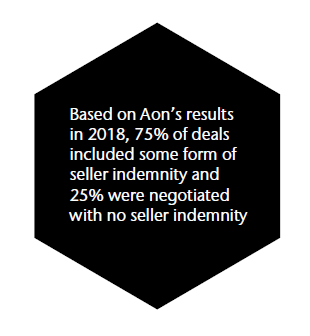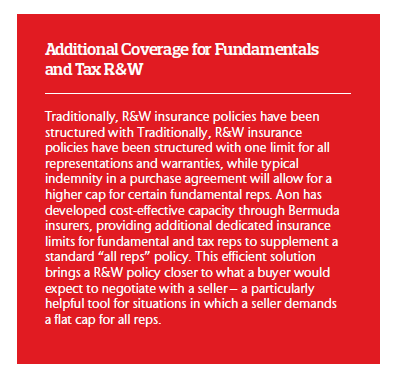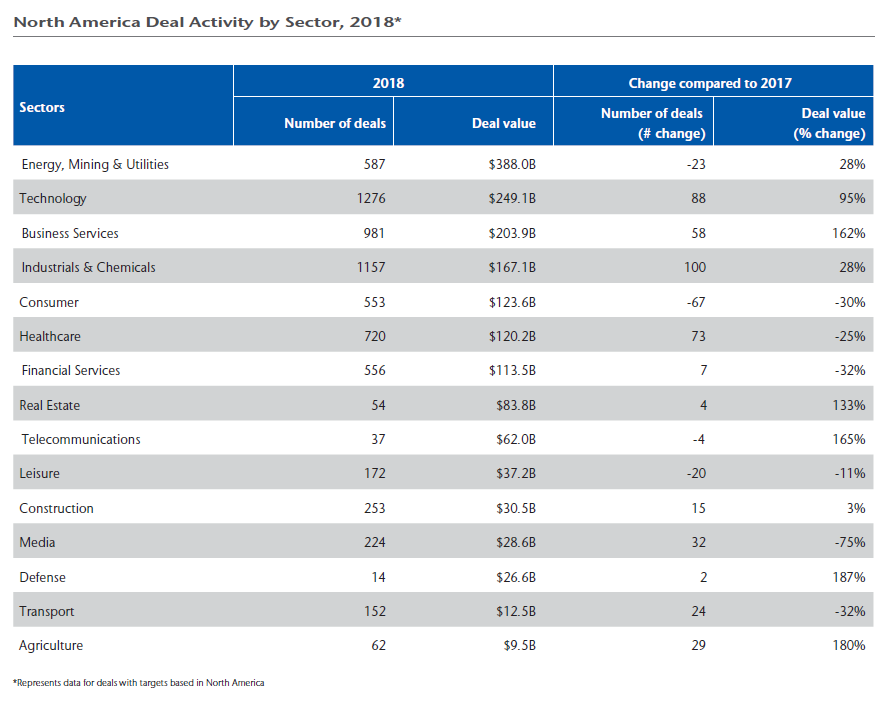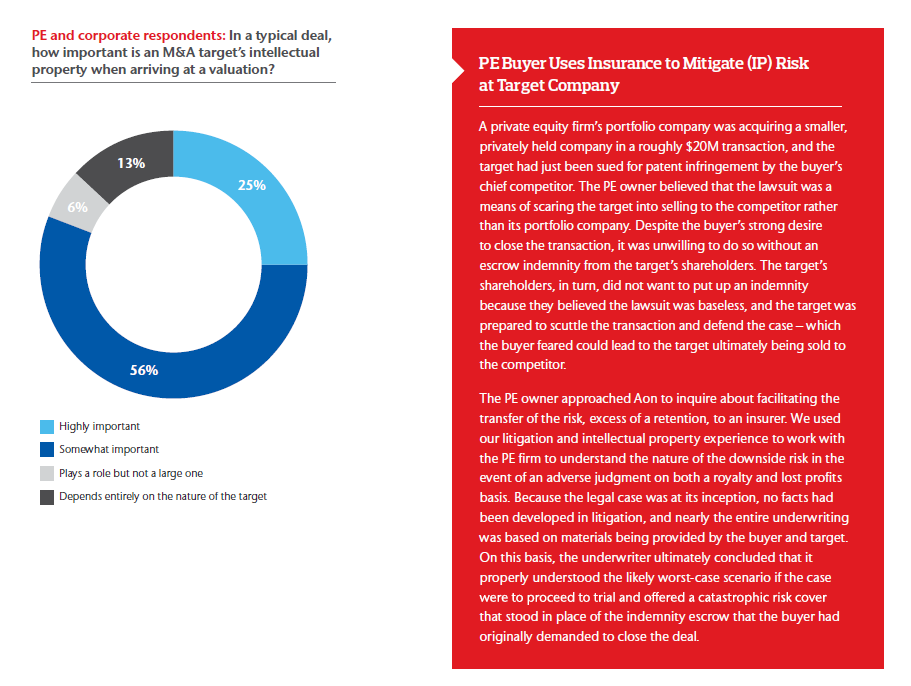Impact on Sales Processes
The highly competitive nature of the current
M&A market has forced buyers to adjust or even
transform the way they approach the deal
process. One area of focus in particular has
emerged for buyers as a crucial factor in winning
deals: improving their ability to close quickly. In
our survey of M&A dealmakers, a plurality of
respondents identified this as the top strategy
they have employed over the last 12-24 months
in response to greater competition for targets.
They also said the main factor that derails a
buy-side deal in the current market is a
competing bid being made with better speed or
certainty to close.
“The M&A market has changed significantly over
the last decade, and we don’t have the same
amount of time to make decisions as we used
to,” said a managing director at a US-based
private equity firm. “The competition is so
intense that any delay in closing a deal can cause
you to lose out to a competitor. We have
become more selective in our targeting to make
sure we have the confidence to close a deal
quickly.”
In this fast-moving environment, R&W insurance
is a tool that can alleviate elongated negotiation
around the scope of representations and
warranties and indemnification, helping the two
parties to close a deal more quickly. Indeed,
R&W insurance often features prominently in the
current deal process because of these benefits,
increasingly becoming the “standard” approach,
with its utilization the cost of admission for many
sales processes.
M&A insurance solutions can also provide an
alternative to competing on price – another key
issue as buyers seek to outbid each other for a
shrinking pool of attractive targets. Our survey
respondents identified “adjusting return
expectations” as another core strategy to
manage the degree of competition on the M&A
market, suggesting some discipline around their
approach to valuations, and PE and corporate
respondents also said “outbidding competing
buyers without overpaying” would be a key
hurdle they expect to face in 2019.
“We’ve implemented a disciplined deal-making
process so that we can compete aggressively in
the highly competitive M&A market while
coping with high valuations,” said a senior
director for corporate development at a
US-based company. “It’s all about how the deal
will create value for our company and how far
we can go with valuations so that we can close
the deal and at the same time the valuations
remain viable.”
Acquirers will need every tool at their disposal to
prevent valuations from rising even higher than
the current rates. In 2018, the median sale
multiple for strategic deals in North America
reached 11.2x EBITDA, while for private equity
buyouts the median multiple rose to 12.7x
EBITDA, according to Mergermarket data. M&A
insurance policies can be one helpful tool
toward this end, allowing PE and corporate
buyers alike to minimize or eliminate escrow and
maximize sellers’ cash at closing.
Impact on Deal Structure
With sellers wielding significant leverage in many
transactions, the number of deals structured with
no seller indemnity is on the rise. Based on Aon’s
results in 2018, 75% of deals included some form of
seller indemnity and 25% were negotiated with no
seller indemnity, also known as a “public-style
deal,” with R&W insurance as the sole recourse –
indicating a slight shift toward no-seller-indemnity
structures compared to 2017. The consistent
utilization of the o-seller-indemnity structure
underscores two important aspects of the current
M&A market: first, the continued briskness of sales
processes in which sellers can demand very
favorable deal terms, including the elimination of
post-closing indemnification for breaches of reps
and warranties; and second, buyers’ comfort with
insurance as a replacement for a traditional seller
indemnity or escrow.
Looking at deal sizes for each type of structure, the
median enterprise value for transactions completed
with limited seller indemnity was $100M, compared
to a median of $333M for those structured with no
seller indemnity. The average policy retention for
limited-seller-indemnity deals was 1.23%, versus
1.00% for no-seller-indemnity deals, signaling
greater pressure for reduced retentions when borne
exclusively by the buyer under the
no-seller-indemnity structure. The tendency for
no-seller-indemnity structures to be used on larger
deals contributes to the lower average retention, as
market conditions have allowed for sub-1%
retentions on deal sizes of $500M or more, with
some markets showing flexibility for sub-1%
retentions below this threshold as well.


Industry Insights
As R&W insurance further penetrates the North American M&A market and insurers continue to increase
their appetite for deals, insurance played a role in more transactions in challenging industries in 2018.
M&A activity grew in most sectors last year, with energy, mining & utilities and technology holding the
top two positions by deal value. The vast majority of sectors saw increases in the number of deals –
industrials & chemicals and healthcare in particular saw substantial growth in transaction volume.
Regardless of sector, buyers are increasingly seeking targets with attractive technology assets, as the
demand for digital tools on the part of consumers and suppliers alike grows rapidly. As a result, sub-sectors
such as fintech, digital health, e-commerce, robotics, and software are expected to attract significant buyer
attention in the year ahead.

Healthcare
Fifty-nine deals were announced in the healthcare space that included transaction insurance in 2018,
representing over $2 billion of insurance limits with more than 10 insurers active in this space, according to
Aon data. Target businesses included optometrists, veterinary practices, surgical and medical device
companies, acute care medical centers, as well as substance abuse and addiction treatment facilities.
Deal activity in the healthcare sector expanded by volume in 2018, increasing to a total of 720 transactions
valued at $120.2B. At the top end of the market, pharmaceutical companies and large insurers drove
mega-deal activity, as the largest healthcare players transform themselves to adapt to changing market
conditions. Private equity has been extremely active across deal sizes and especially in the middle market,
making acquisitions to add to platform companies and consolidating individual medical practices. There
were 194 PE deals for healthcare targets in North America in 2018, an increase of 28 compared to the
previous year, with total transaction value of $26.9B.
Financial Institutions & Insurance Companies
Ten deals for targets in the financial institutions & insurance space were announced last year with
transaction insurance, representing nearly $250M in insurance limits. Historically, this sector has met with
tepid to no market appetite from insurers, with just a handful of insurers considering such deals.
Target companies insured in these deals involved insurance agencies, life insurance, supplemental health
and annuity platforms, workers’ compensation insurers, capital management firms and specialty finance
companies. Buyers should be prepared for increased underwriting focus on regulatory compliance matters
and cyber/data privacy, with exclusions common around adequacy of reserves and veracity of
underwriting files.
Financial services M&A volume increased modestly in 2018, with a total of 556 deals valued at an
aggregate $113.5B. In addition to a substantial number of insurance company transactions, targets
attracting strong buyer interest include those in sub-sectors such as payments technology, B2B software,
and digital tools for wealth management and capital markets.
Energy
In 2018, several acquisitions of wind and solar developers utilized R&W insurance, including one deal
requiring a hybrid tax and R&W insurance policy to insure both the loss of tax credits (including recapture
due to future events) as well as the full suite of reps and warranties given by an uncreditworthy solar
developer to a large bank. A total of $1.6B in tax insurance limits were placed across 58 transactions,
insuring a number of risks associated with tax equity investments in the energy space, such as the
investment structure not being respected, the transaction not qualifying for projected tax benefits, and the
loss of tax benefits through recapture.
Over 40 deals in the energy space, including oil and gas and power transactions, utilized R&W insurance in
2018, representing $2.6B in limits placed. In particular, we observed an increased use of insurance across
infrastructure deals as well as along the vertical chain (upstream, midstream, downstream). R&W
insurance has also developed to respond to unique risks relevant to upstream oil and gas transactions,
insuring traditional representations as well as special warranty of title matters to provide buyers with
post-closing protection for title defects that arose by, through or under the seller.
Intellectual Property (IP)
Over the past decade, there has been a major shift away from tangible assets to intangible assets. Today,
approximately $19 trillion in market value, or nearly 85% of the value of the S&P 500, is represented by
intangible assets, and investment in intellectual property has changed the global landscape across
industries and regions. Many companies, however, have been slow to adopt new approaches to
managing, assessing and creating value around their intellectual property portfolios in a manner that fully
captures its value potential. Across the deal lifecycle, the implications for M&A professionals is significant as
they look to maximize returns on their investments while managing associated risks.
Intellectual property has implications for both sides of the deal. For buyers, valuing the property accurately
and understanding its relative value against competing property in the market is critical to setting the right
price. For sellers, the hold period provides an opportunity to grow enterprise value by taking a strategic
approach to managing, pruning and developing the intellectual property, and to articulate that growth
effectively to Wall Street at the time of sale.
In our survey of M&A professionals, 81% of respondents said that a target’s IP has become important in
arriving at a valuation, with 25% saying it is “highly important.” “IP has emerged as a critical component of
deal-making, and many companies are investing heavily to secure attractive and promising technology and
products,” said an M&A partner at a Canadian law firm. “The problem with IP is that it loses its value and
significance at the same pace as it gained value. Unless the IP is very promising and sustains its value over
the long term, paying top dollar for it can be risky.”
